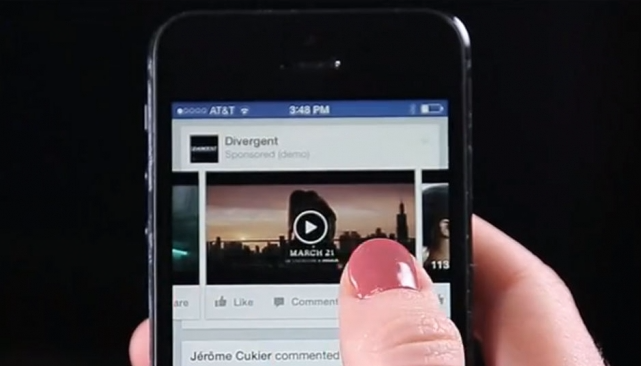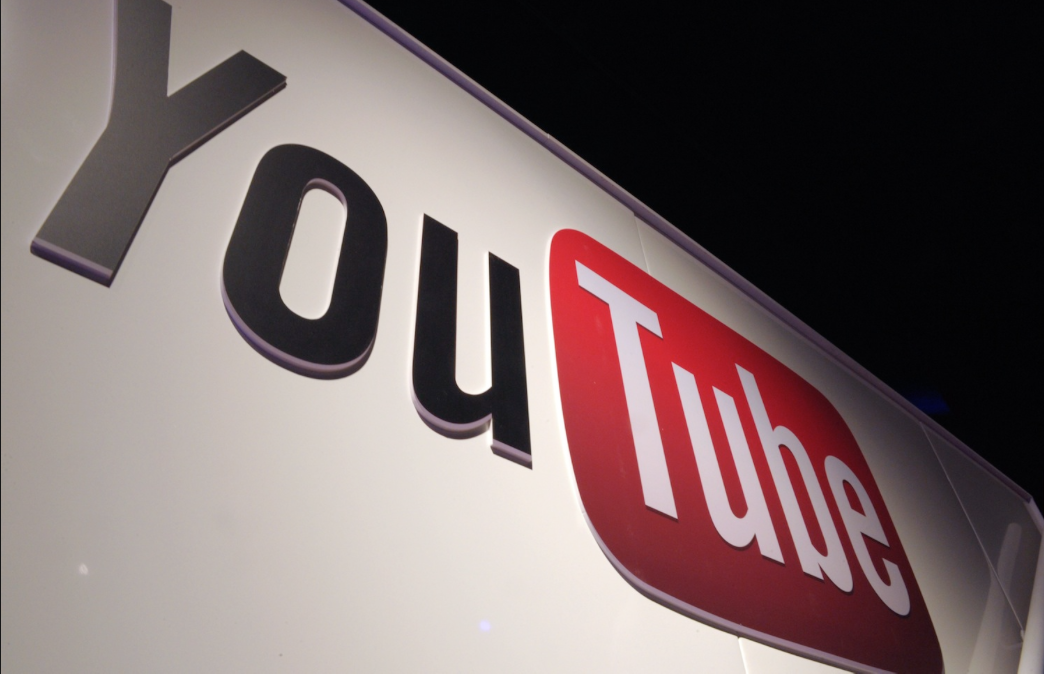Back in 2011, only 6% of YouTube views came from mobile devices. But, things have changed dramatically since then. YouTube …
71% Marketers: Video Converts Best
A new study based on feedback from marketers, confirms that video has been found to convert better than other forms …
YouTube Turns 10 – BizREBELS
It’s time to take a look at how far youtube video & video advertising has come:
Online Video: more popular than Facebook & Twitter by 2017
Online video isn’t just growing fast, it’s growing faster than any other type of consumer service offering – and soon …
All of your posts, shares and ‘Likes’ tell a story. What’s yours saying?
Consider this: anyone, strangers included, can tell a great deal about you via your digital footprint; that is, the trail …
13 Billion+ Video Ads Viewed Last Month
Consumers watched 13.2 billion online video ads last month, reaching an all-time high, according to a new report by comScore. …
Online video gains viewers. TV’s losses mount.
As online video gains viewers, cable TV’s losses mount. While 60% of US internet users surveyed told AYTM Market Research …
100+ hours of video uploaded to YouTube every minute
“When YouTube’s site first launched in May 2005, we never could have imagined the endless ways in which you would …
YouTube reportedly nears launch of paid channel subscriptions
YouTube reportedly could launch its paid subscription service for some of its specialist video channels as early as this week. …
YouTube Says The Battle With TV Is Already Over
Tele-what? YouTube touts itself not as a TV alternative, but a new-generation video platform NEW YORK (AP) — YouTube vs. …
- Page 1 of 2
- 1
- 2









